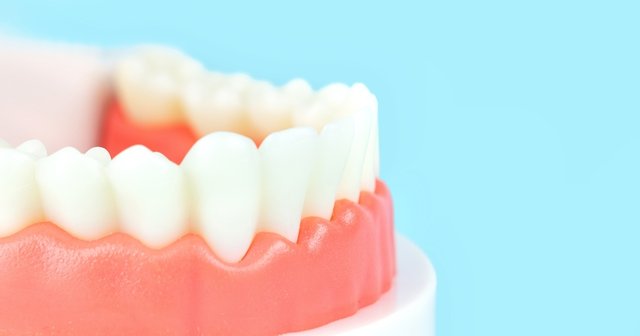

Good oral health is not only achieved through proper care of the teeth. In a healthy mouth, the gums should be pink and firm, and not red or swollen. The latter could be a symptom of periodontal disease.
This type of disease directly affects the tissues that protect and support our teeth and, to combat it, treatment must be carried out. Techniques such as scaling and root planing are taught in degree in Dentistry in Madrid, taught entirely in English at Universidad Europea. If you are considering studying elsewhere in Spain, you can also study the degree in Dentistry in Valencia and the degree in Dentistry in Alicante.
Scaling and root planing are two fundamental procedures in the treatment of gum-related conditions or periodontal diseases. Among these, gingivitis and periodontitis are perhaps the two most common conditions that require this type of intervention.
Using either of these procedures, plaque or tartar under the gums is removed, which requires a thorough cleaning of the roots of the teeth.
A scaling or root planing may require at least two or three dental appointments, depending on the severity of the case. Treatment is usually carried out in the following steps:
Once the patient is ready for the procedure, local anaesthesia is administered to numb the area to be treated.
Using a specific instrument called a curette, with careful and precise movements, plaque and tartar are removed from the teeth and gum line.
Next, the rough surfaces on the roots of the teeth are smoothed to prevent future bacterial build-up. It also helps to adhere the gum tissue to the tooth roots.
During the recovery process, the patient will need to follow special care. We will mention some of them in the next section.
After the procedure, a follow-up consultation with a specialist is required to examine the condition of the gums. Among the functions of the oral hygienist is to assess whether a thorough surgical cleaning is necessary if the plaque has not been completely removed.
The recovery process after scaling and root planing can take 4 to 7 days, depending on the extent of the affected area. During this time, it is normal for patients to experience some discomfort, such as pain or extreme sensitivity to cold or heat, as well as minor bleeding.
Some of the measures that can be taken to alleviate this discomfort and, at the same time, prevent the proliferation of new bacteria are the following:
In conclusion, having good oral hygiene is essential not only for aesthetic reasons, but also to prevent diseases that can directly affect our quality of life. Therefore, adopting a proper oral care routine and following a dentist's recommendations regarding your care are crucial steps to ensure a healthy mouth, a long-lasting smile and a balance in our wellbeing.